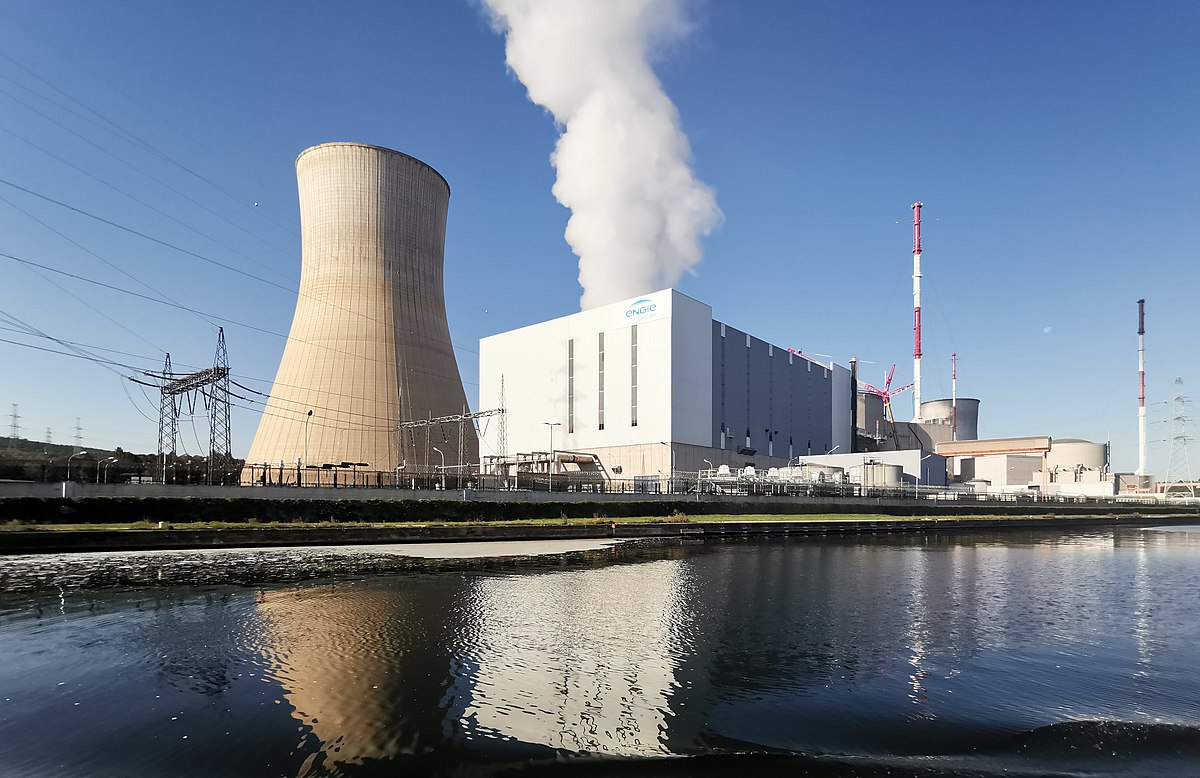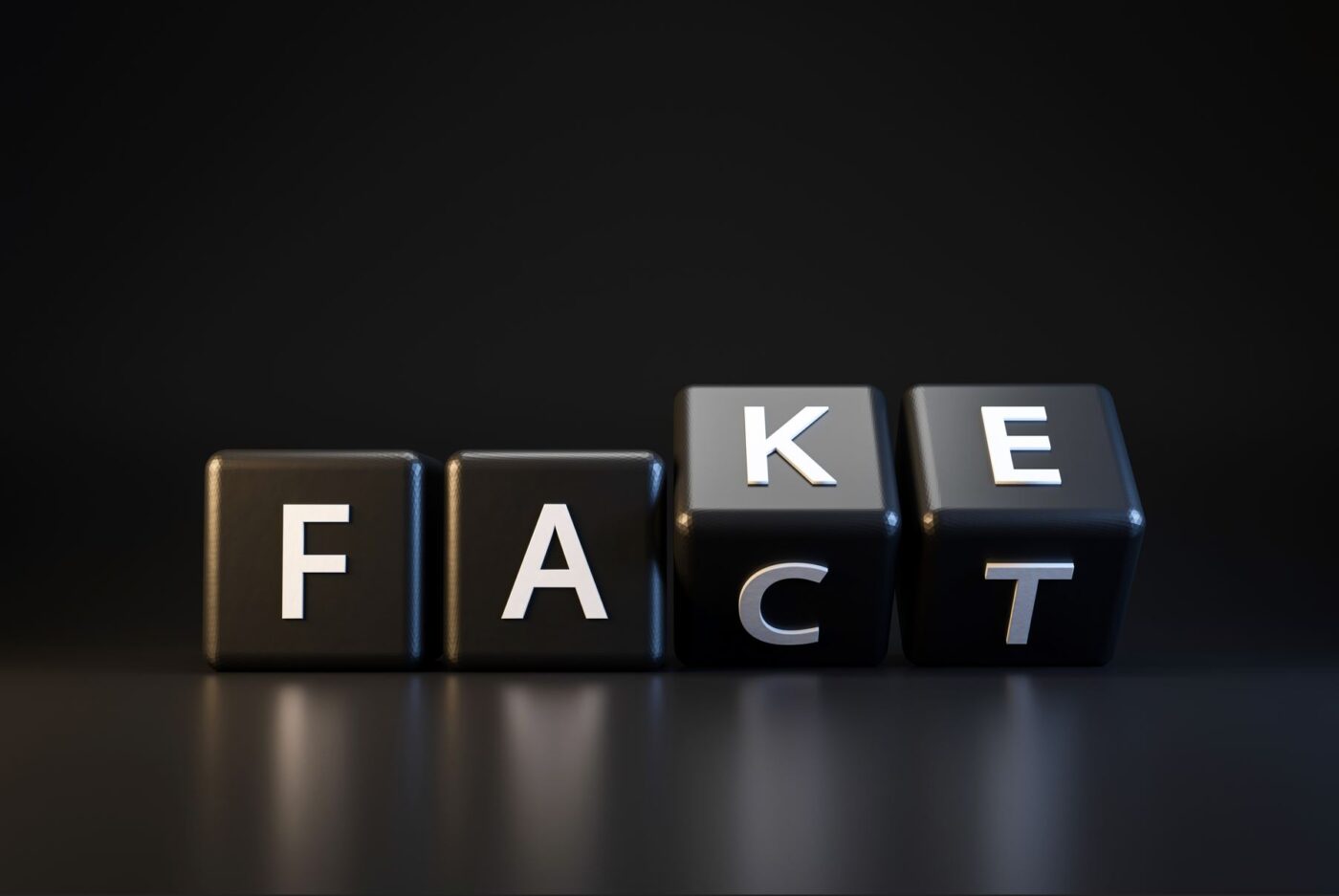Last week Vice-Minister of Energy Andrzej Piotrowski visited China where he signed a Polish-Chinese agreement on cooperation in the peaceful use of nuclear energy. At the same time the media are reporting that the ministry is close to making the final decision on the schedule and financing of the nuclear program. Is there a connection between the two events? – writes Piotr Stępiński, editor at Biznesalert.pl
Firstly, it has to be pointed out that the final shape of the Polish energy mix is not yet known. It has been promised it would be revealed this autumn, even though originally it was supposed to have been announced last year. Last week Energy Vice-Minister Grzegorz Tobiszowski presented its initial assumptions, which show that the Polish energy industry will still be based on coal, but a gradual departure from this raw material will take place. Tobiszowski also stated that by 2030, 60% of energy generated in our country will be produced from coal. The composition of the remaining part of the mix remains unknown as the minister was ambiguous. He said there was room for renewable energy sources, which should play a supporting part. When commenting on nuclear energy, he declared that could ‘potentially’ happen. In his opinion it was plausible because nuclear energy was “not in collision” with coal and could play second fiddle.
When it comes to nuclear energy we are still forced to talk about announcements and declarations without concrete decisions. It needs to be pointed out that Poland is running out of time to make decisions about the energy sector. The EU’s stance on climate policy is becoming tougher and is forcing us to search for a road that will allow us to avoid collision with the shape of the carbon free energy market proposed by Brussels. Nuclear energy offers a chance to do this. However, so far we have not heard any answers to key questions on the role nuclear energy will play in the Polish energy industry, how many nuclear blocks will be build, what their capacity will be, how much it will cost and who will pay for it.
The Puls Biznesu daily reported that according to an anonymous source from the Ministry of Energy, three nuclear units would be built by the Vistula river, all paid for with domestic funds. An earlier idea was to construct three small reactors instead of two bigger ones with a capacity of 3000 MW. According to the estimates quoted by the newspaper one block will cost ca. PLN 6 billion and a similar sum will be spent on building the 1000 MW coal-powered power plant in Ostrołęka.
We still do not know who will provide the technology for the first Polish nuclear power plant. Recently Energy Vice-Minister Andrzej Piotrowiski has held a lot of meetings with potential providers of technology from the United States, South Korea and France. Earlier representatives of the Energy Ministry also talked about Canada, Japan and China.
China interested in European nuclear energy
China is aspiring to become a world leader of nuclear energy and is boasting about the dynamic development of this sector. This is related to the fact that nuclear energy will, among others, help it to decrease air pollution in the country. Today the Middle Kingdom has 33 running reactors with a total capacity of 28.97 GW. Currently 22 new units are under construction. By 2021 Beijing wants to triple the nuclear capacity to 50 GW and the 2030 target is 150 GW.
It is important to note that China wants to become a leading provider of nuclear technologies in the world and is taking action to achieve it. In February 2017 it delivered domestically produced equipment to nuclear power plants in the European Union. It sold low-pressure heaters to France. They were supposed to be used in CP1 reactors used in French nuclear power plants owned by EDF. The Chinese side ensured that the heaters were produced in accordance with EU norms and standards. That is not the end of it. Another Chinese company, China General Nuclear Power Corp., is engaged in the expansion of Great Britain’s Hinkley Point nuclear power plant in cooperation with EDF. The target for the plant is to cover 7% of British demand for energy. Additionally, a company from China is considering the construction of a nuclear fuel factory in Ukraine.
Three Seas
China is strongly pushing for cooperation with Central and Eastern Europe (CEE) and the Balkans. Beijing launched the “16+1” initiative, in which many Three Seas states are involved. For China the strategic goals of the cooperation include infrastructure, modern and environmentally-friendly technologies. The Chinese are also interested in the nuclear sector in CEE, including the Three Seas countries. In this context one should point out that out of the 12 states that signed the Dubrovnik Declaration, which formally initiated the Three Seas Initiative, 7 uses nuclear energy: Czech Republic (6 reactors; ca. 32% of energy demand), Slovakia (4 reactors; ca. 50%), Hungary (4 reactors; 53%), Bulgaria (2 reactors; ca. 33%), Slovenia (1 reactor with Croatia; 33%), Croatia (1 reactor with Slovenia; 20%), Romania (2 reactors; 20%). Interestingly enough some of the countries are already cooperating with China on nuclear energy.
At the end of May 2015, Hungary signed a letter of intent on cooperating with China in the area of education, research and development and nuclear energy. At the time Budapest welcomed Beijing’s actions regarding nuclear energy, which may contribute to reducing CO2 emissions.
Then at the end of November 2015, Slovakia signed a cooperation memorandum with China on developing the nuclear fuel cycle supply chain. According to China National Nuclear Corporation (CNNC), the document was signed after a correspondent agreement with Great Britain and France had been made. Back then the company stressed it was a piece “of the main strategic initiative for a comprehensive development of the supply chain in the European nuclear sector.” Vazil Hudák, the then Slovak Minister of Economy, stated that Beijing offered cooperation on nuclear projects in third countries because China was already building or planning to construct power plants in Asia, Southern America, Africa and Europe. It is also worth mentioning that the CNNC wanted to take over from Italy’s ENEL the shares in Slovenské elektrárne, operator of the Slovak nuclear power plants.
In mid June 2017, China General Nuclear Power Corporation (CGN) signed with the Czech CEZ a cooperation agreement in nuclear energy. It says that CEZ would help with the certification process of the Hualong One Chinese reactor so that it could enter the European market. Moreover, during a visit to China in May representatives of the Czech delegation promised to draft a list of about 20 companies from the Czech nuclear sector in which the Chinese could invest. CGN wants to construct new nuclear units for our southern neighbors. The Chinese company expressed interest in completing the construction of the fifth block of the Dukovany power plant. Interestingly enough at the end of June the Czech media reported that last October the government in Prague was supposed to have promised that Chinese companies would receive a bid to construct a nuclear unit in the Czech Republic without a tender. However, in the end the tender procedure actually took place.
Whereas last Thursday Romania was visited by a delegation of China’s Communist Party headed by Liu Yunshan, member of the Politbiuro Standing Committee. During the meeting with Romania’s Prime Minister Mihai Tudose the politicians talked about China investing in the country. The potential sectors included, among others, energy and infrastructure. The parties paid special attention to “specific perspectives” of cooperation regarding the construction of reactors no. 3 and no. 4 at the Cernavodă nuclear power plant. Today 20% of power in Romania is generated from nuclear energy.
Polish cooperation with China
Zhang Dejiang Chairman of the Standing Committee of the National People’s Congress arrived at the same time to Warsaw. He met with Prime Minister Beata Szydło and the main subjects of the talks included economic cooperation and strategic partnership. Dejiang’s visit was accompanied by the China – Poland ‘Belt and Road’ Cooperation and Logistics Infrastructure Investment Forum. Vice-Prime Minister Mateusz Morawiecki said during the Forum that Poland wanted to spend over PLN 100 billion on investments. He enumerated the energy sector as one of the main industries. It should also be mentioned that China Nuclear Power Engineering, which designs nuclear power plants, was among the companies invited to Warsaw.
It is worth reminding that Prime Minister Beata Szydło visited the Middle Kingdom first. After a meeting with President Xi Jinping and her Chinese counterpart Li Keqiang, she said that Poland could be the gateway for cooperation with the European Union. At the time many experts wondered whether acquiring technology for the design of the first Polish nuclear power plant was part of the deal. The same questions were asked in 2015 after the Polish-Chinese Economic Forum in Shanghai was opened.
At the moment when Morawiecki talked about Chinese investments in our country, including the energy sector, Poland signed a cooperation agreement in the area of nuclear energy with Beijing. It should be pointed that the coincidence might in fact be just a coincidence, especially that according to the source from the Energy Ministry mentioned by the Puls Biznesu daily, we signed a similar memorandum with Japan in 2013. It did not result in Japan providing us with technology for Polish nuclear power plants. The same thing may happen in case of Beijing. During the last Three Seas Summit there was a big push for energy cooperation, especially when it comes to natural gas and LNG deliveries from the US. The event in Warsaw was the perfect opportunity to talk about using US nuclear technologies in Poland. Perhaps this could deepen the energy cooperation between our countries, but we don’t know if this has been talked about at all.
Some experts advise caution when it comes to choosing China as a partner for nuclear energy projects. There have been complaints, e.g. from the Czech Republic, that thanks to such cooperation the Chinese may acquire know-how for free, which they then can use in other places. There have been incidents when companies from China (CGN) were accused of trying to acquire confidential information from the American nuclear sector, which could be of key significance for Beijing’s international nuclear expansion.
We need to remember that Poland has had some experience of cooperating with Chinese companies, which has been overshadowed by the events surrounding Covec. The company was supposed to construct a section of the A2 highway between Łódź and Warsaw, but in the end withdrew from the investment. Could the possible cooperation in the nuclear sector blot out those memories? It remains to be seen.
Undoubtedly, increasing their presence on the European nuclear market would be a reward to the Chinese and would mean they have achieved a goal they have been consistently pursuing. Poland could become another place on the continent’s nuclear map in which Chinese companies could be interested. At the same time, Warsaw has not clearly said what the shape of the energy sector in our country will be, and whether in the end it will include nuclear energy, and if yes to what degree. This in turn makes it difficult to choose the technology provider. There is not much time, considering that the EU is on the path to decarbonization and the fact that Poland might soon be short of the needed capacity.








